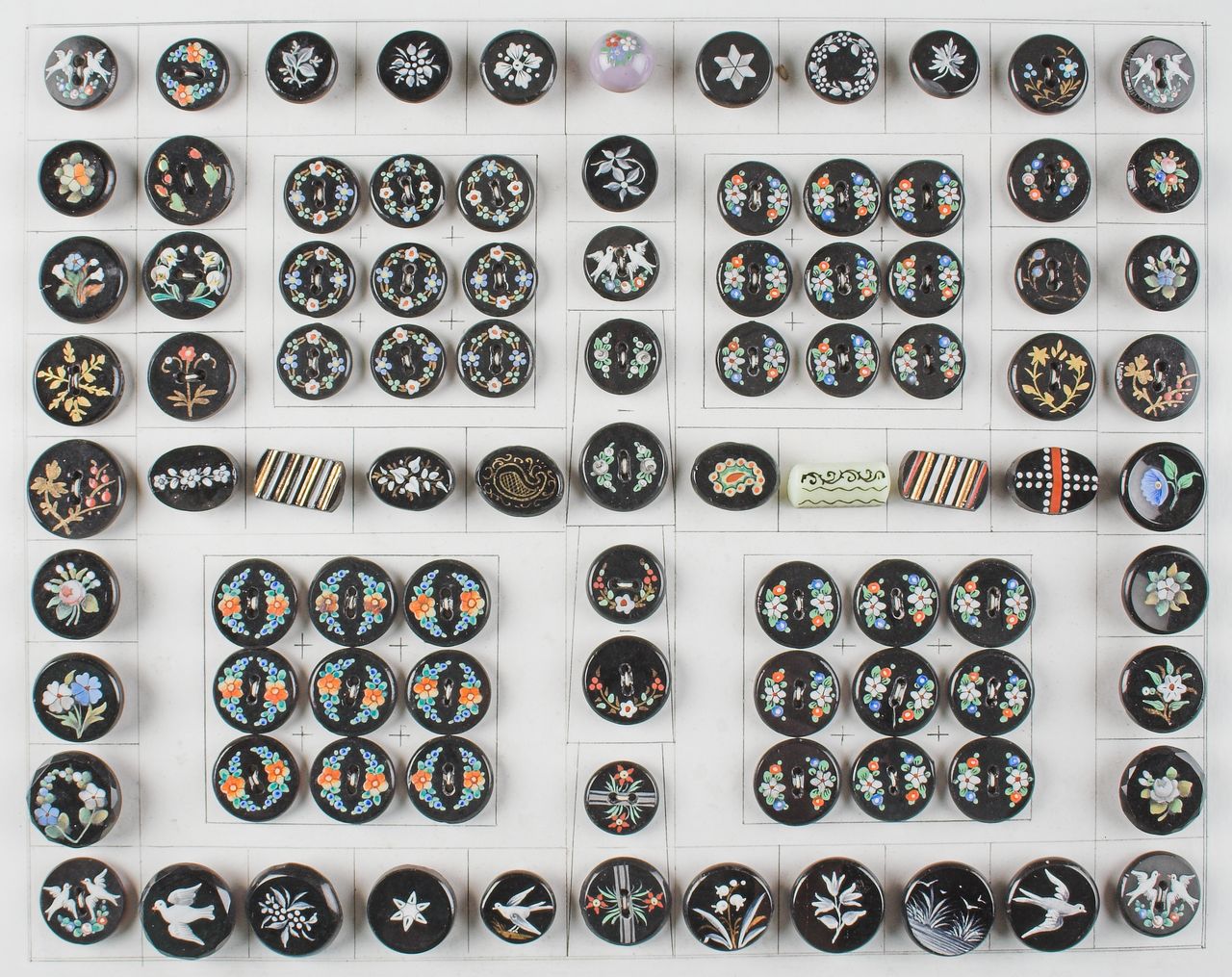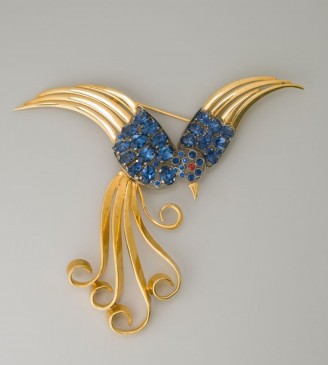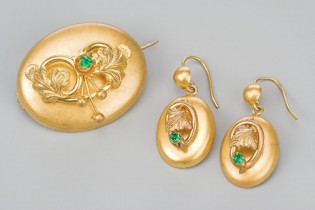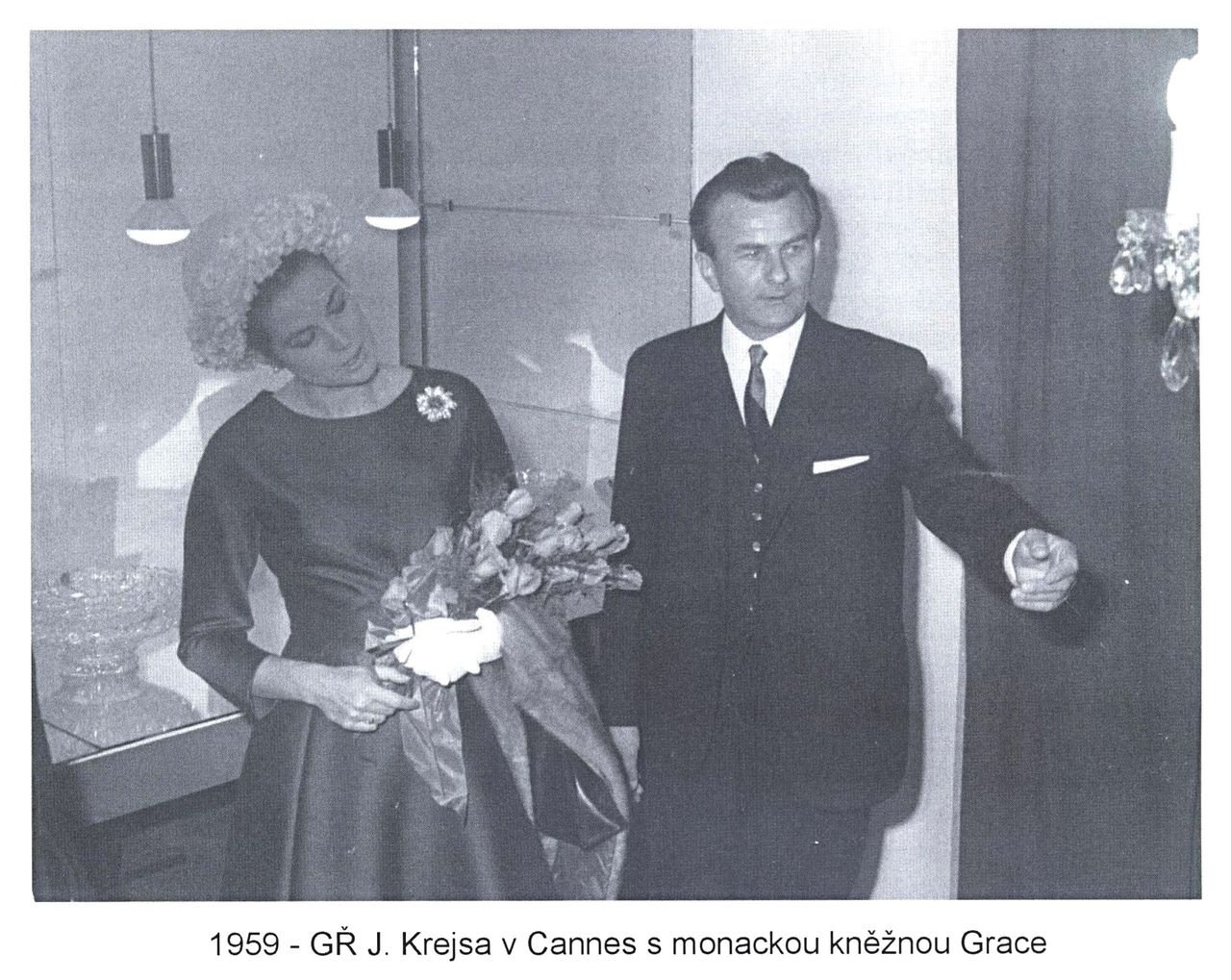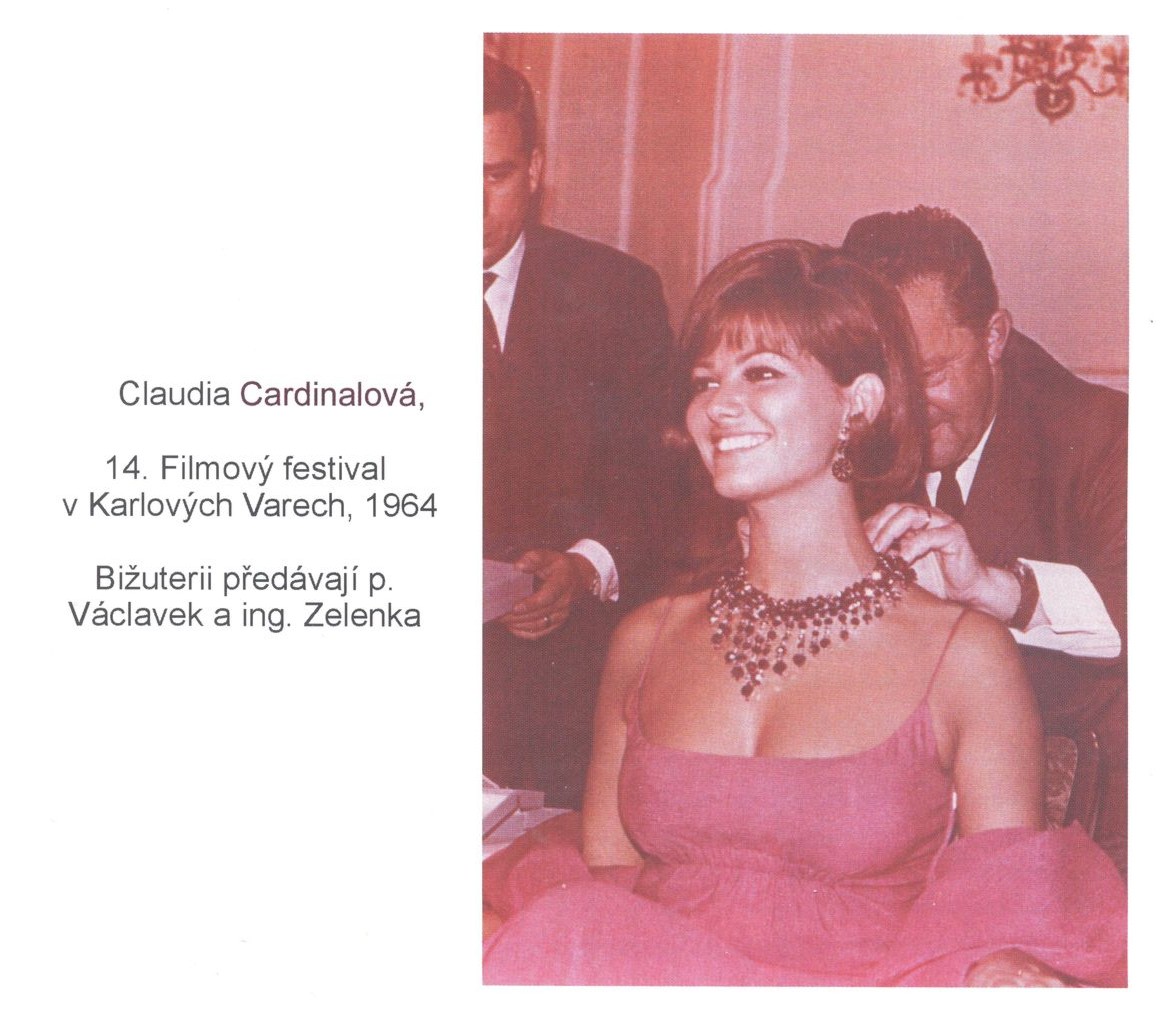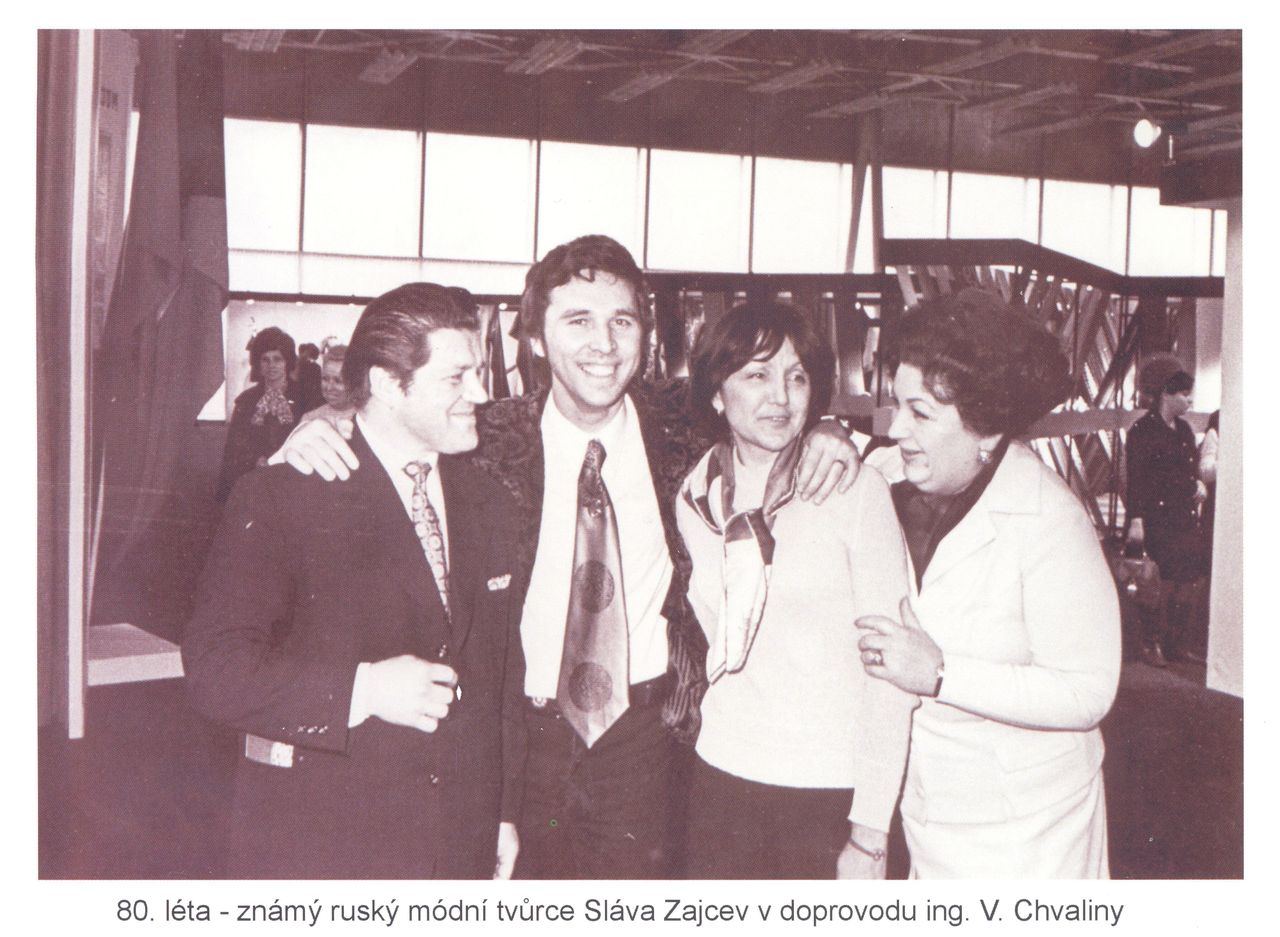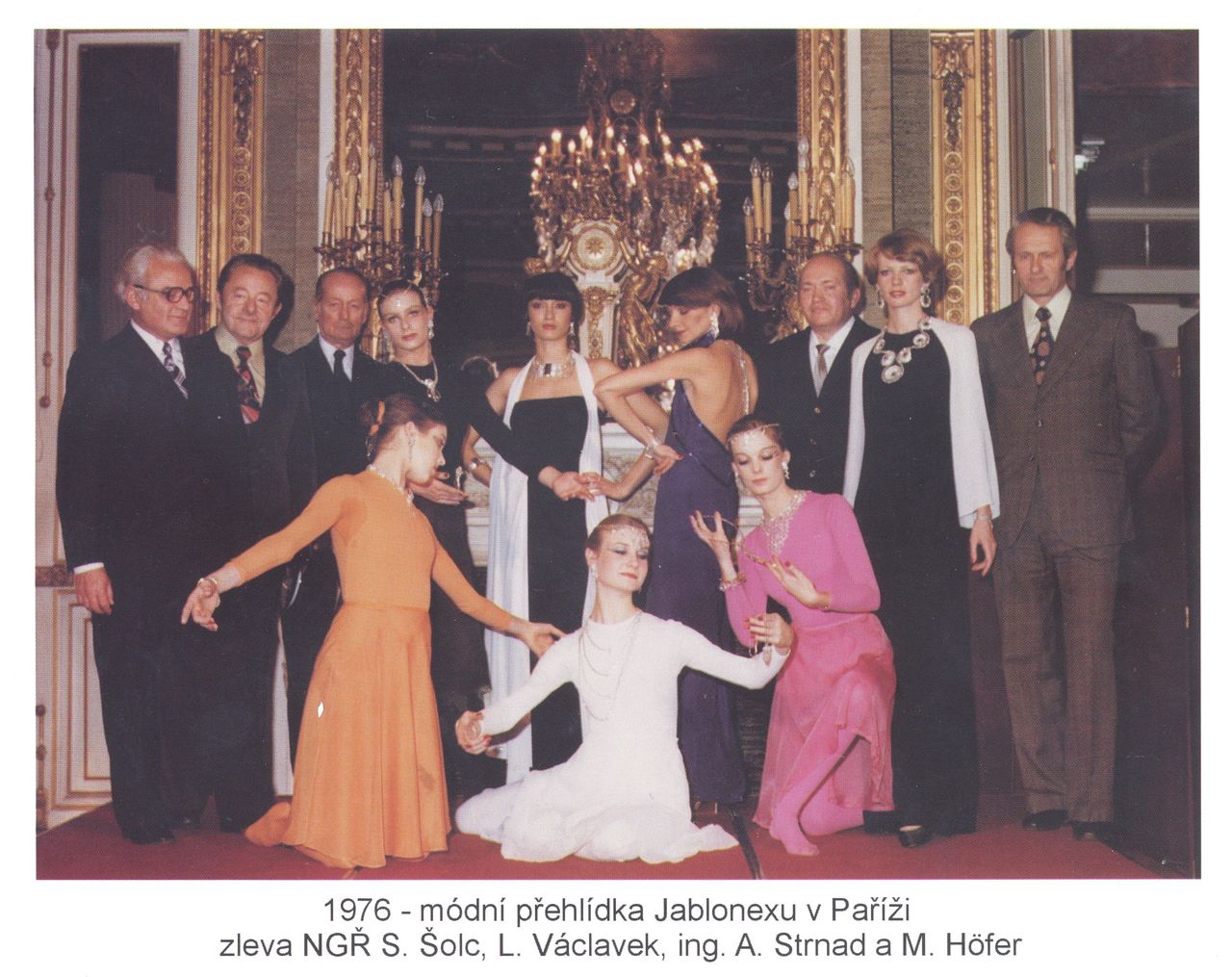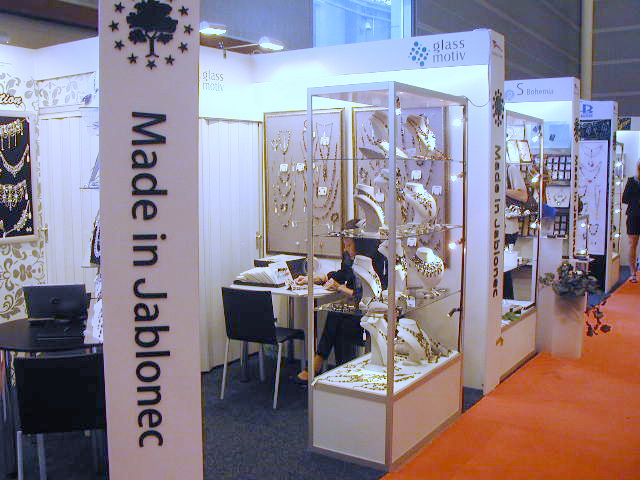
History
 |
| Costume jewellery and its history |
| A historical and contemporary look at Jablonec costume jewellery |
|
The beginning of Jablonec costume jewellery manufacture and trade date back to the early 18th century. Originally, costume jewellery was made with glass stones and beads, and later various metal costume jewellery products – earrings, necklaces and brooches – were added. During the 19th century, costume jewellery from the Jablonec nad Nisou region attracted customers from around the world and the profusion and diversity of products reflected this growth. No other place in the world made the broad spectrum of costume jewellery produced in Jablonec nad Nisou. This led to the development of numerous export businesses housed in multi-storey buildings where wholesale goods were sold. Tens of thousands of people were employed in costume jewellery manufacture and trade. Owing to its prosperity, the region was called “Austrian California”.
After 1860, the Jablonec industry took on a pyramid structure. The base of the new-age business miracle of the world was comprised of glassworks, works for jewellery paste and refiners (moulders, cutters, glassblowers, painters including home manufacturers and others), suppliers were the intermediate level and exporters were the top. In practice, the process was as follows: an exporter gave an order to a supplier, which divided it among specific manufacturers at their discretion. This system ensured a level of social stability and prevented unfair competition.
The strengths of the Jablonec entrepreneurs have always been a drive to innovate, an effort to improve the quality and efficacy of manufacturing processes, the courage to try unconventional solutions, active searches for new markets and last but not least an emphasis on design corresponding to the needs of the market or specific customers. These assets brought them large profits in boom times and helped them survive in times of crisis. The local industry hit a peak in 1921, when a total of 667 Jablonec businesses exported costume jewellery and glass worth CZK 2.2 billion. During the first half of the 20th century, Jablonec exports comprised a respectable 8% of Czechoslovakia’s total exports. As a result, the industry’s fall during the great depression of the 1930s was even more pronounced. But Jablonec costume jewellery survived. And it also persisted through the difficult World War II period. History up to World War II - texts - PHDr. Petr Nový, Museum of Glass and Jewellery, Jablonec nad Nisou The post-war development of the manufacture and export of Jablonec goods was characterized by important historic changes in the structure of industry and foreign trade. In 1945, ca. 25% of the companies renewed their operations, most of them under national administration after the confiscation of German property. That became the base of concentrated manufacture and trade in 1946-48 and subsequent nationalization in 1948. The company Skloexport was formed, and Jablonex was established as a spinoff company in 1952. A strong manufacturing association of Jablonec costume jewellery companies gradually emerged. Czechoslovak costume jewellery was able to hold its own against the preferred heavy industries and build a strong research, manufacturing, marketing and sales base, which was one of the best in the world. Jablonex built a distribution network in 90 countries around the world and became a symbol of high quality, fine design and quality customer service.
In the 1960s Jablonex welcomed prominent public figures such as Yuri Gagarin, Claudia Cardinal, Princess Grace of Monaco and others in various places.
Jablonec nad Nisou became the site of the International Exhibitions of Glass and Costume Jewellery and in 1969 Jablonec costume jewellery was very well received at the World Expo in Montreal.
The process of fortifying the position of Czechoslovak costume jewellery continued in the 1970s and this field remained a global leader. Competitors from the Far East, particularly from Taiwan and South Korea, gradually emerged. New materials and technologies appeared and plastics and other materials entered the world of costume jewellery. Rapacious retail chains penetrated the traditional distribution chain of manufacturer-exporter-importer-wholesaler-retailer. The costume jewellery industry, which was still centralized, was able to respond to these changes and keep its position on the global market. This was mainly thanks to its research base, its ability to keep innovating and solid HR work both in manufacture and trade.
After the societal changes in 1989 the privatization process began, giving rise to several large companies (such as Preciosa a.s., Železnobrodské sklo, Ornela a.s., Bižuterie a.s. and others), and gradually about 50 smaller and mid-sized companies were established. In 2005, the large businesses formed a new company: Jablonex Group a.s. However, it only survived until 2009, when the owners shut it down and sold it off in parts. This occurred during a deep recession and the strong rise of Chinese and Indian competitors.
Costume jewellery companies struggled with this difficult situation for several years. Some of them did not make it, but most of them survived, adapting to new conditions and growing.
Several brand new companies were established, too. Costume jewellery from the Jablonec nad Nisou region – the Czech family silver and an important part of Czech fashion design – has secured its place on the market well into the future.
Traditional customers purchase these accessories again and again despite the crisis and cheap imports from Asia and new customers are slowly on the increase. “MADE IN JABLONEC” goods at points of sale at mange locations in the Czech Republic and abroad are selling very well.
Customers appreciate the quality, original design, trendiness and last but not least also compliance with hygienic standards. The custom jewellery industry today employs almost 7,000 people in the regions near Liberec, Kamenický Šenov, Jablonec nad Nisou, Zásada and Železný Brod. They manufacture costume jewellery as such as well as materials and components for its production. PRECIOSA a.s. is undoubtedly the largest manufacturer. The Union of Glass and Fashion Jewellery Producers associating 50 manufacturers and traders, the Museum of Glass and Jewellery and four vocational schools is an important representative of the remaining companies. |
